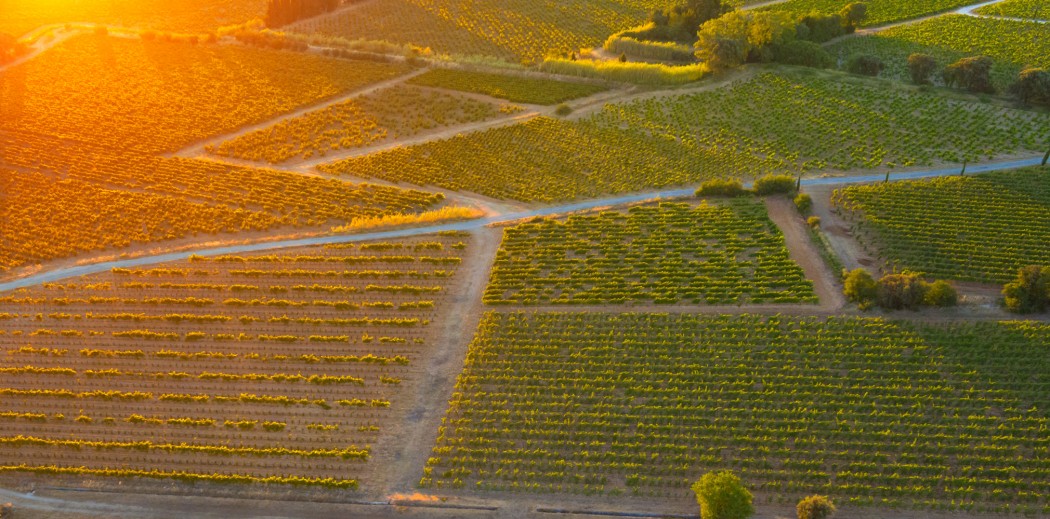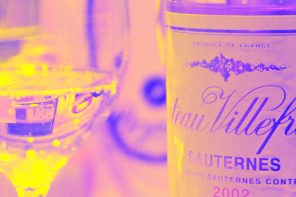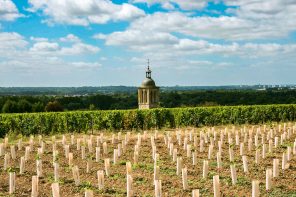When on the hunt for quality French wine, most consumers’ first step is to turn to the trusty AOP system put in place by the French government. Regions designated by a certified appellation are held to stricter production standards, ensuring a regular status of quality and consistency amongst bottles. Thanks to this system, consumers know for sure that their Sancerre is Sauvignon Blanc, their Meursault is Chardonnay and their non-vintage Champagne has aged for 12 months on the lees prior to release. So which appellation is responsible for the creation of this extremely successful standard-maintaining system? Welcome to Châteauneuf-du-Pape, the OG of AOP classifications.
It all started in 1308, when Pope Clement V uprooted the papacy and moved it to Avignon. Clement V, as well as other succeeding Avignon-based popes, had an outwardly deep love for the wines of Burgundy; naturally, the next step in the game was to begin planting vines around the papacy’s new base. Until the 18th century, these wines were exported under the name vin d’Avignon, however, much of this wine was sent up to Burgundy to increase the intensity of the lighter-bodied Pinots.
In the early 1900s, the region fell victim to wine fraud, making the creation of a system of rules necessary to maintain quality and integrity. Initial talks of the implementation of these regional standards of quality began in 1923; 13 years later, in 1936, Châteauneuf-du-Pape became the first officially designated Appellation d’Origine Contrôlée. (Note: As of May 2009, the AOC system has changed to AOP, standing for Appellation d’Origine Protégée.)
When it comes to the Southern Rhône, Châteauneuf-du-Pape sits at the top of the throne. The appellation reaches from Orange to Avignon, with nearly 8,000 acres of land covering three various soil types. The region is identifiable by its signature galets, or big, round rocks, that speckle the clay-based soils. While rocks may not seem important, these huge stones retain heat from the sun, helping grapes to ripen better in poorer soil conditions. Le Mistral, the region’s strong, rip-roaring wind from the north, keeps the region dry.
Both red and white wines are produced within the appellation, though the latter comprises less than 10 percent of production. The region’s powerful reds come from a combination of 13* permitted grape varieties. White grape varieties are permitted in red blends, and rosé production is prohibited within the appellation. Most red blends are dominated by Grenache; in fact, the grape comprises over 70 percent of the appellation’s vines! Low yields are encouraged for the sake of grape quality, and post-harvest the grapes are vinified in cement and large foudres. The bottles are generally heavy and are easily identifiable by their signature papal imprint.
For lovers of Cotes du Rhône blends, wines of Priorat, and bold, full-bodied reds in general, grab a bottle from this legendary appellation next time the craving strikes!
*According to the 2009 AOC, 18 grape varieties are permitted, though most go by the original 13.








